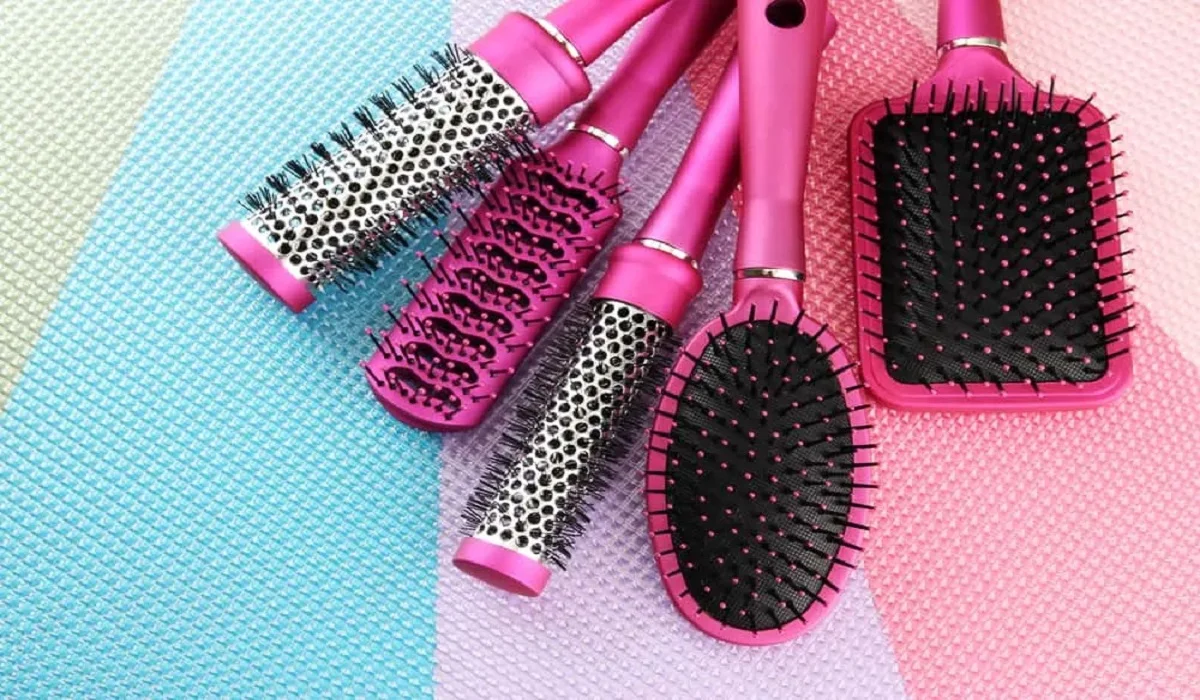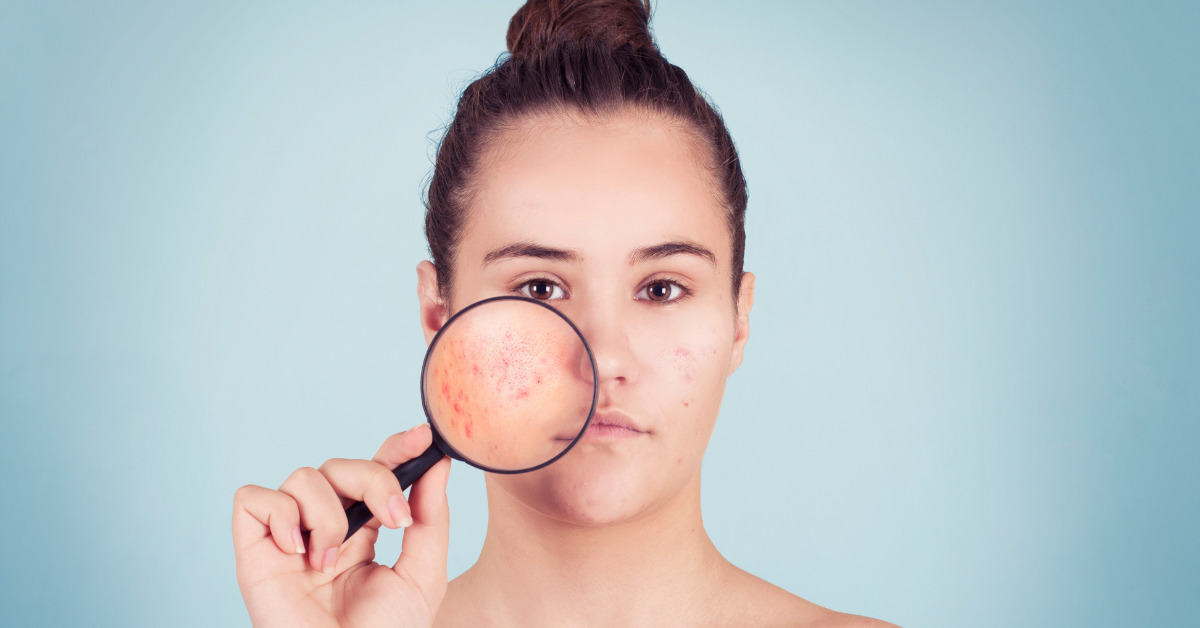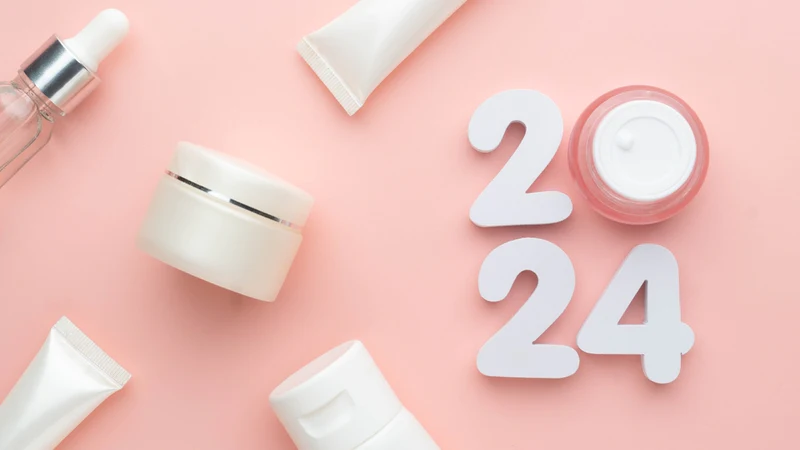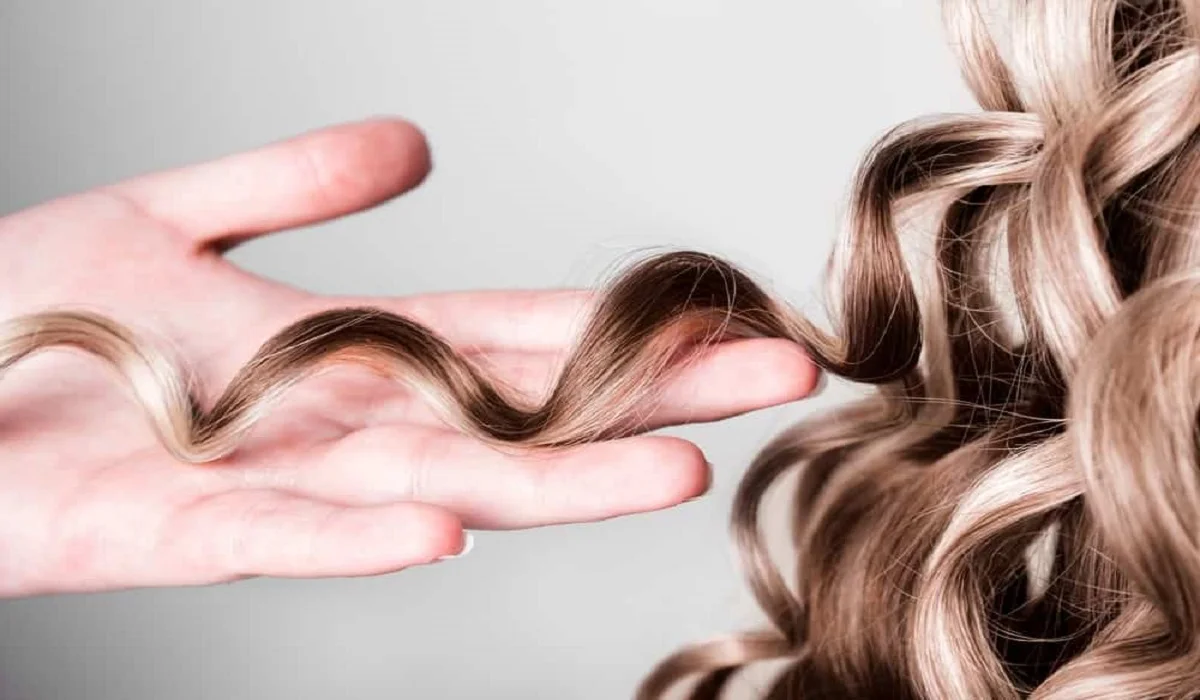The smokey eye, an enduring symbol of elegance that lends both depth and intensity to the gaze, has maintained its prominence within the realm of beauty for generations. The journey to perfecting the smokey eye may appear challenging, yet with the appropriate instruments, a grasp of the necessary techniques, and dedicated practice, this iconic aesthetic is within anyone’s reach. We aim to escort you through the process, detailing everything from the selection of fitting eyeshadows to their expert application.
Grasping the Essentials of Smokey Eye Makeup
Defining the Smokey Eye:
Embodying a seamless gradation of eyeshadow hues that transition from dark near the lash line to lighter shades approaching the brow bone, the smokey eye technique focuses on crafting contrast and depth, positioning the eyes as the centerpiece of the visage.
Essential Tools and Products:
Prior to embarking on the application process, assembling the correct tools and products is critical. Essential items include a spectrum of eyeshadows (spanning dark to light hues), an eyeshadow primer, blending and flat eyeshadow brushes, eyeliner, and mascara.
Eye Preparation
The Significance of a Pristine Base:
Commencing with a clean, primed eyelid is foundational to the smokey eye technique. The application of primer not only enhances the eyeshadow’s adherence and longevity but also mitigates creasing and fading.
Recommendations for Primer Application:
Distribute a slender layer of primer across the entire eyelid, allowing it to settle briefly. This step ensures a smooth foundation for subsequent eyeshadow application.
Selecting Appropriate Colors
Harmonizing Eyeshadow with Eye Color:
Choosing eyeshadow shades that complement your eye color can significantly enhance the impact. For instance, bronze and gold hues accentuate blue eyes, whereas purples and pinks amplify the vibrancy of green eyes.
Choosing Eyeshadow Textures:
Integrating various textures contributes dimension to the smokey eye. Employ matte shades for blending purposes and incorporate shimmer or metallic textures at the center of the lid to attract light.
A Detailed Guide to Smokey Eye Application
- Base Eyeshadow Application:
Begin by applying a neutral, light shade across the lid to serve as a foundation, facilitating smoother blending of darker colors. - Applying the Dark Shadow:
Initiate with the deepest eyeshadow hue, applying it along the lash line and the eye’s outer corner. Ensure the darker shade does not extend above the crease to maintain the look’s balance. - Blending Techniques:
Utilize a blending brush to mitigate any harsh lines, seamlessly merging the dark shadow with the lighter base. Mastery in blending is crucial for an impeccable smokey eye. - Highlighting:
Brighten the brow bone and inner eye corners with a highlighter or an exceptionally light eyeshadow, enhancing the eye area’s openness and allure. - Eyeliner Application:
Intensify the look by lining both the upper and lower lash lines with a black or dark-hued eyeliner, softly smudging to achieve a smokier appearance. - Final Touches with Mascara:
Conclude by applying multiple mascara coats to volumize and lengthen lashes, perfectly framing your captivating smokey eyes.
Advanced Smokey Eye Techniques
Creating a Cut Crease:
For a strikingly dramatic effect, craft a cut crease by layering a dark eyeshadow within the crease and blending upwards, followed by a contrasting lighter shade on the lid.
Customizing for Different Eye Shapes:
Adapt the smokey eye method to complement your unique eye shape. Individuals with hooded eyes, for instance, should emphasize the dark shadow on the outer corner and incorporate shimmer on the lid to simulate depth.
Avoidable Errors
Excessive Blending:
While blending is essential, overdoing it can result in a lackluster mix of colors. Aim for just enough blending to soften stark lines without diminishing the colors’ vibrancy.
Neglecting the Lower Lash Line:
Incorporating a hint of dark eyeshadow along the lower lash line enhances the smokey effect and gives the illusion of larger eyes, contributing to a more balanced appearance.
Ensuring the Longevity of Your Smokey Eye Makeup
Utilizing Setting Spray:
A light misting of setting spray can secure your makeup, preserving its pristine condition for extended periods.
Touch-Up Kit:
Keep essentials such as pressed powder and a compact eyeshadow brush handy for quick adjustments, ensuring your smokey eye remains flawless.
Safely Removing Smokey Eye Makeup
Opt for a gentle, oil-based makeup remover to effortlessly dissolve eyeshadow and mascara, safeguarding the delicate eye area from potential damage.
Versatility of Smokey Eye Makeup for Various Occasions
Daytime Adaptation:
For a daytime variant, opt for milder, lighter colors with minimal blending. A dab of shimmer on the lid can instantly brighten the eyes.
Evening Glamour:
Evening settings permit experimentation with darker shades and more profound blending. Consider false lashes for an added touch of elegance.
While mastering the smokey eye technique demands practice, adhering to these guidelines will enable you to attain an exquisite, professionally executed appearance. The essence of a flawless smokey eye lies in skillful blending, appropriate color selection, and the courage to experiment. With patience and creativity, you can transform your eyes into a mesmerizing focal point.
Frequently Asked Questions
- Preventing creasing in smokey eye makeup
- The necessity of eyeshadow primer
- Achieving a smokey eye with a single eyeshadow color
- Selecting eyeshadow colors to complement eye color
- Suitability of smokey eye makeup for all eye shapes
- Transitioning a smokey eye from day to evening








